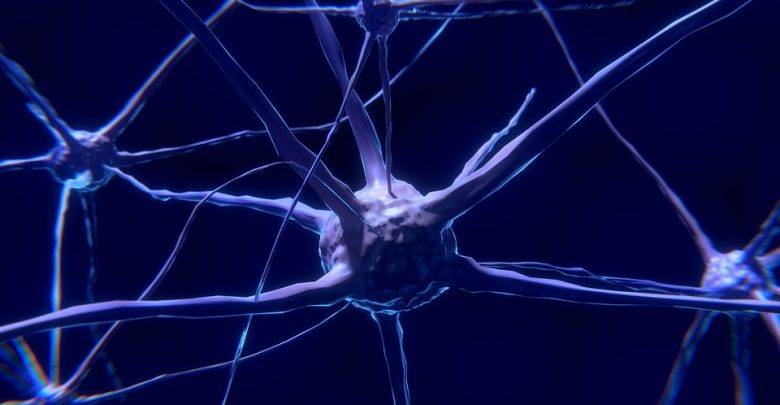As diseases of the central nervous system, such as Alzheimer’s disease, continue to impact the lives of Canadians, the National Research Council of Canada (NRC) and Aspect Biosystems are working to develop new therapeutic models that could lead to improved treatments in the future and better outcomes for patients suffering from brain disease.
As one might expect, the brain is a highly protected organ. The function of the blood-brain barrier is to keep harmful substances that may circulate in the blood, such as toxins or pathogens, from damaging the brain. Unfortunately, this barrier also prevents the majority of therapeutics from reaching their target, which means there are few effective treatments for brain diseases. Moving medication through the blood-brain barrier is one of the largest unmet needs in the pharmaceutical industry and remains a key challenge in discovering and developing treatments for neurological diseases and disorders.
The NRC has already developed a ground-breaking human 2D model of the blood-brain barrier that allows researchers to better predict which therapeutics could potentially cross to the brain. The core of the 2D model involves using specialized stem cells that are capable of generating any of the cell types in the human body, including brain cells.
Now, by collaborating with Aspect Biosystems and taking advantage of their unique microfluidic 3D bioprinting technology, the NRC is working to create a 3D model that will make it possible to better understand the blood-brain barrier and develop treatments that will more reliably reach the human brain.
This collaboration presents an exciting new opportunity to contribute to pioneering research towards creating a drug testing platform that will be critical to developing treatments for neurological diseases.


